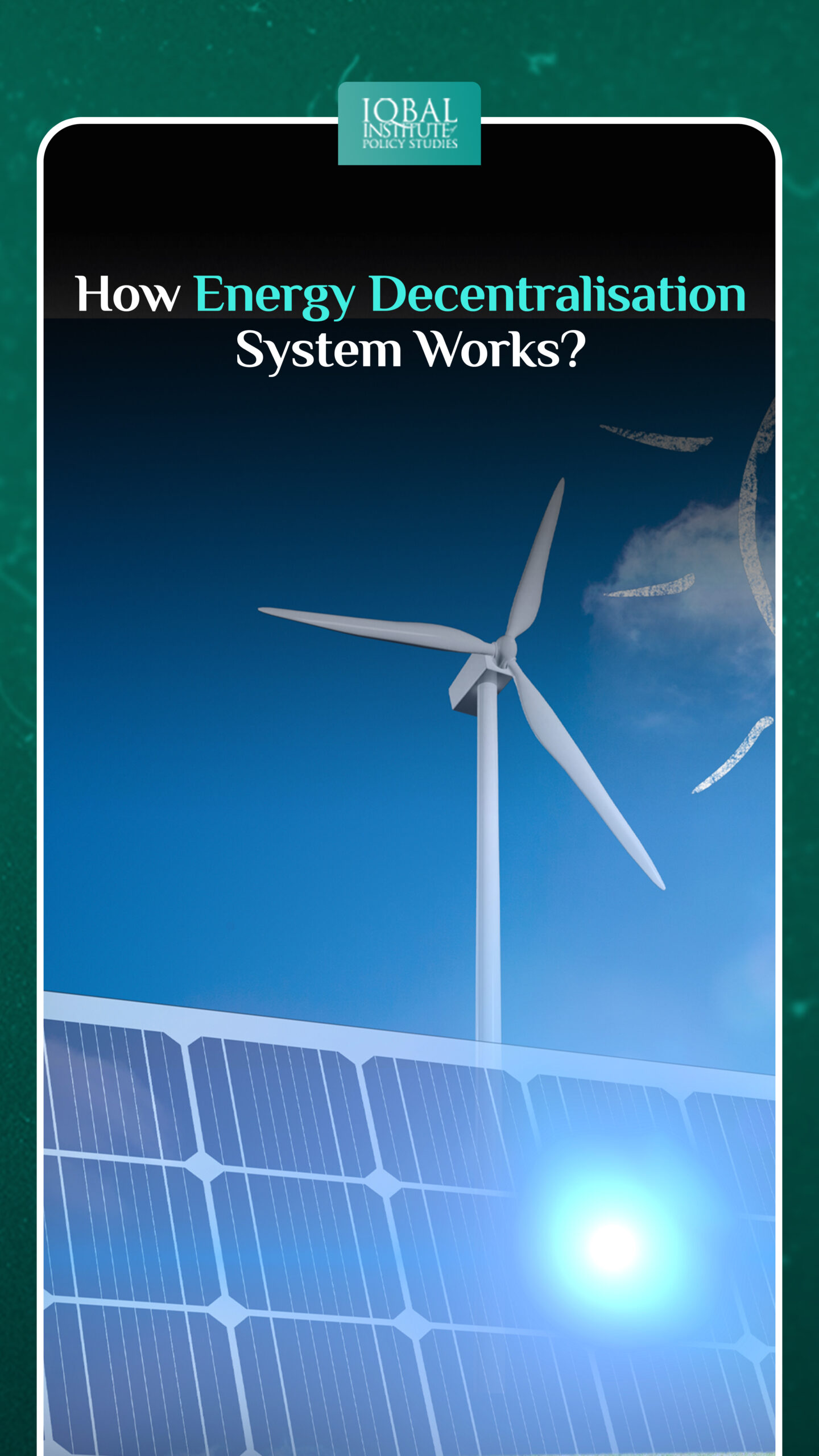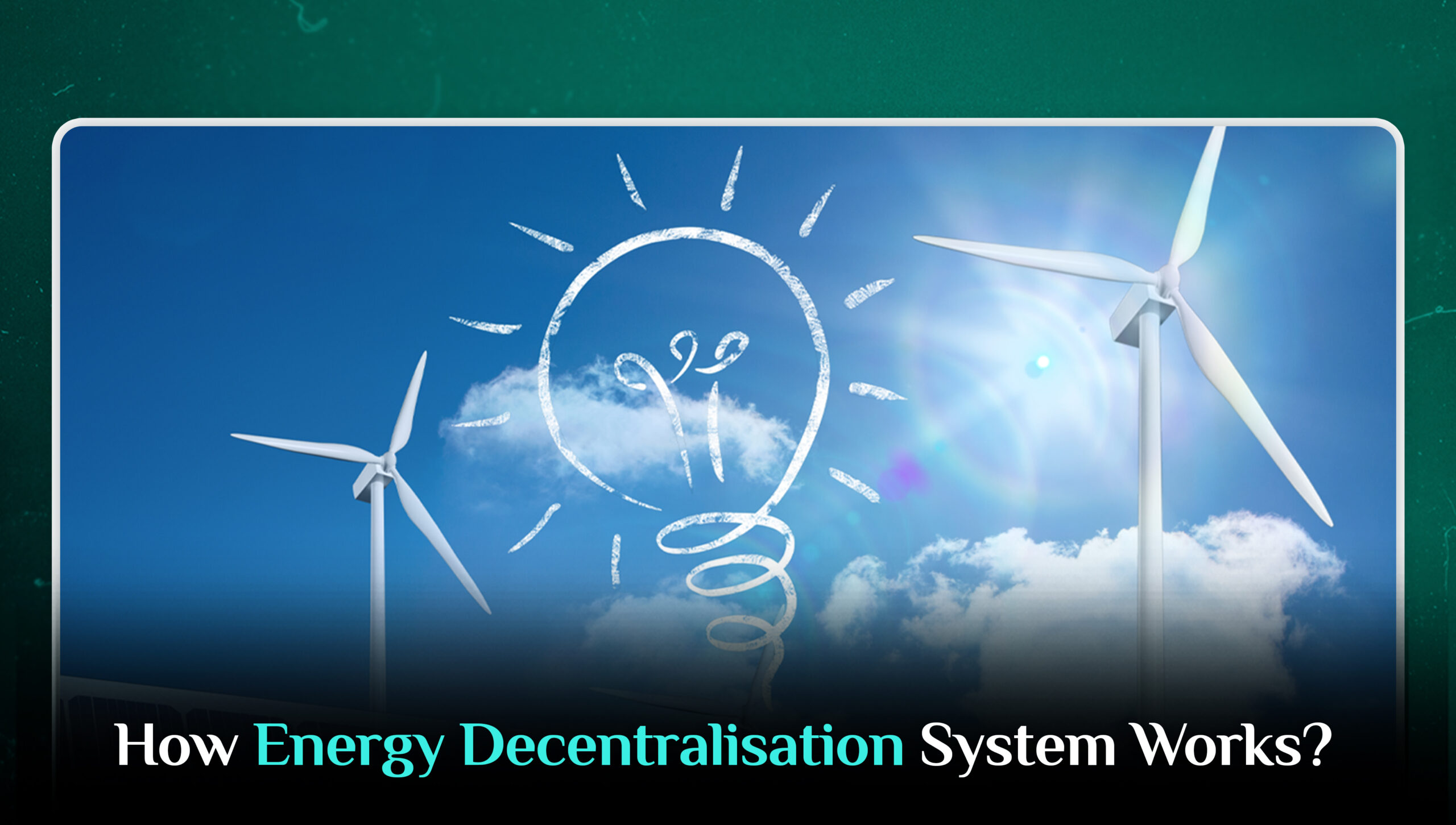In terms of energy access, decentralised energy systems can be quite advantageous for Pakistan. The World Bank estimates, 5 to 54 million of Pakistan’s population lacked access to electricity. Off-grid renewable energy solutions, for example, can assist close this gap by bringing electricity to isolated and neglected places. Pakistan’s centralised energy infrastructure experiences transmission losses and reliability problems. According to information from the National Electric Power Regulatory Authority (NEPRA), Pakistan’s transmission and distribution losses are high. Decentralised energy systems can dramatically reduce these losses by bringing power generation closer to the point of consumption.
Pakistan has a huge potential for renewable energy. According to the Pakistan Alternative Energy Development Board (AEDB), the nation has the potential for 50,000 MW of wind energy, 2.9 million MW of solar energy, and sizable hydroelectric resources. Decentralised energy systems that take advantage of these resources can diversify the energy mix, lessen reliance on fossil fuels, and reduce the environmental impact. It is noted that decentralised energy systems have tremendous economic potential. It creates jobs in installation, operation, and maintenance are created by local renewable energy projects, particularly in rural areas. Initiatives that are run by the community can also bring in money and promote economic empowerment.
Decentralised energy systems can drastically save infrastructure costs. The distributed renewable energy options are more affordable than expanding the centralised system to remote locations. It is more affordable to implement smaller-scale initiatives that are suited to local needs, particularly in places where grid extension is impractical.
What is a Decentralised Energy System
Energy decentralisation refers to the location of an energy supply unit near the site of energy consumption. It allows more optimal usage of resources mainly renewable energy solar, wind etc.
A decentralised energy system is a new framework that developed countries are implementing. Generally, the power industry only focused on developing central power supply stations and transmitting generation loads across long transmission and distribution lines to consumers in the region. A decentralised energy power system means that power resources are located closer to the end user. It reduces transmission losses, distribution inefficiencies and other anomalies.
How it Works
Infrastructure Component
The overall decentralised system depended on the distributed generation, energy storage and demand response:
Distributed Generation
The main component decentralised energy system is distributed generation, also known as embedded generation, dispersed generation, on-site generation and dispersed. Through this process, both heat and electricity can be generated, heat cannot be transferred to longer distances that’s why it only is generated for on-site purposes. Shifting to decentralized power generation allows for coordination between heat and power generation in combined heat and power plants. This process increases energy efficiency.
Energy Storage
The main issue related to electrical energy is that it can not be stored and must be generated as needed. Adding more types of generation sources in a decentralised system can lead to new difficulties in handling supply to best match demand. The energy can be stored in batteries, compressed air and pumped hydro storage can help keep the grid stable by storing energy when the supply is more than the demand and feeding it back into the grid during peak hours. Storage can be helpful for renewable energy resources as it often produces energy during non-peak hours.
Demand Response
Demand response technologies are supported to manage the grid stability when the decentralised energy generation is connected with the grid connection. Mainly, grid management has focused on supply management. But new technologies, including smart grid and smart metering, allow for real-time monitoring and communication between producers and consumers of electricity to optimise grid usage.
Infrastructure Design
The system of energy supply can be directly linked with the grid or may not be the source of excessive generation and supply of electricity from the grid.
Grid Connected
The distributed electricity generation can be connected to the main grid, for instance, industrial and commercial plants which have their power production facilities but can sell excess power to main or mini-grids that can be located near or far from the central grids. As countries further develop their central grid system, mini-grids can be upgraded to form a distribution network that is connected to a larger transmission network.
Off-Grid
In a decentralised energy system though it produces electricity on a smaller and its management and storage are equally important. The battery storage system can be used to store energy produced from the houses. The heat generated from Combine Heat and Power (CHP) can also serve a single site, requiring fewer infrastructures to transmit heat to neighbouring buildings.
Opportunities and Benefits of Using a Decentralised Energy System
Rural Electrification
The centralised grid system requires a lot of investment and Pakistan is an underdeveloped country and it is difficult to provide electricity to all the citizens. Hence, the government can focus on distributed generation for rural electrification either through off-grid or mini-grid systems.
Increases in the share of renewable energy
A decentralised energy system has the potential to accommodate different types of energy resources including renewable energy i.e., wind and solar. Distributed generation, demand management and storage can all facilitate increased inflows of renewable generation.
Economic Benefits
This system has a low capital cost per project and improves the efficiency of the system. It reduces the losses in transmission and distribution and the incremental addition to capacity through distributed generation can help defer investment in large central power plants. It creates local business and job opportunities.
Technical Advantages
This system provides flexibility in planning, construction and implementation because of its small size and short period of construction as compared to long-scale construction. A decentralized energy system may be a boon to energy efficiency measures. Increased information about energy flows from smart meters can make consumers more conscious of their use. Through on-site energy production, consumers of energy become producers and have a greater economic stake in efficient production and consumption.
How to Implement?
Transform the Market
In a state-controlled energy system, local government, communities, and private businesses must work together to support the government to produce electricity.
Provide Incentives
Encourage distributed generation by establishing differentiated feed-in tariffs for grid-connected renewable energy sources to ensure the utilisation of excess energy production.
Set Standards
An integrated approach is required to reduce technical and legal difficulties associated with feeding electricity to the grid and this mechanism will make the system more attractive to the private entity.
Build up Capacities and Skills
Focus on capacity building to create a skilled labour force to service and operate decentralized generation, storage and distribution systems.
Conclusion
Pakistan is an energy-scarce country and a decentralised energy system will help to mitigate this issue. It depended on the distributed generation, energy storage and demand response. It provides various advantages and benefits in terms of economic, and technical, and increases its reach to rural people. Moreover, it can be implemented by transforming the market, encouraging people by providing incentives, set standards and building up capacities and skills.
This article is written by Sehrish Irfan. Sehrish is a Research Analyst at the Iqbal Institute of Policy Studies (IIPS)



Leave a Reply